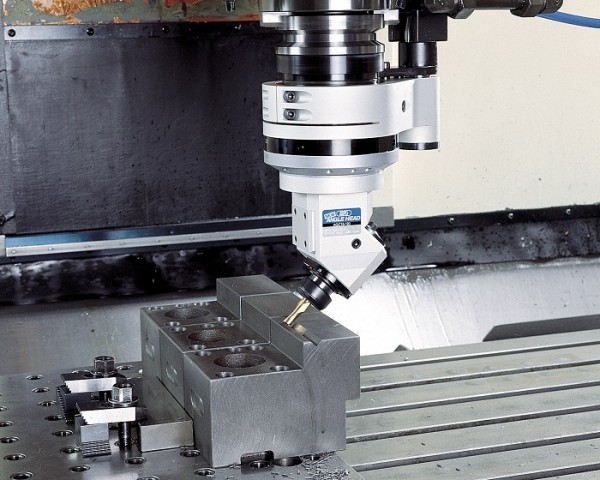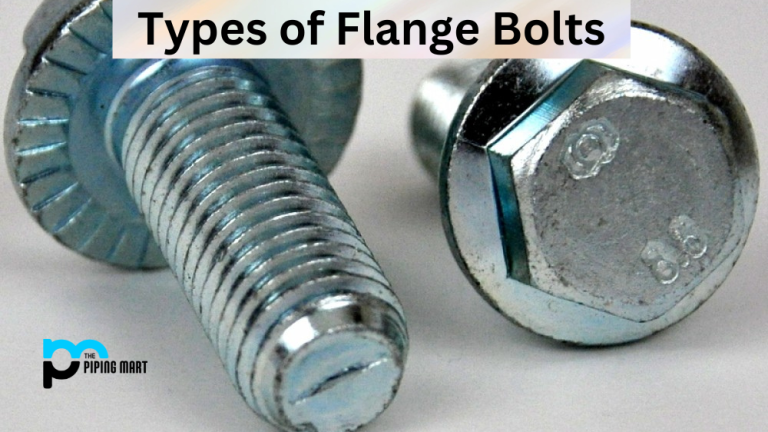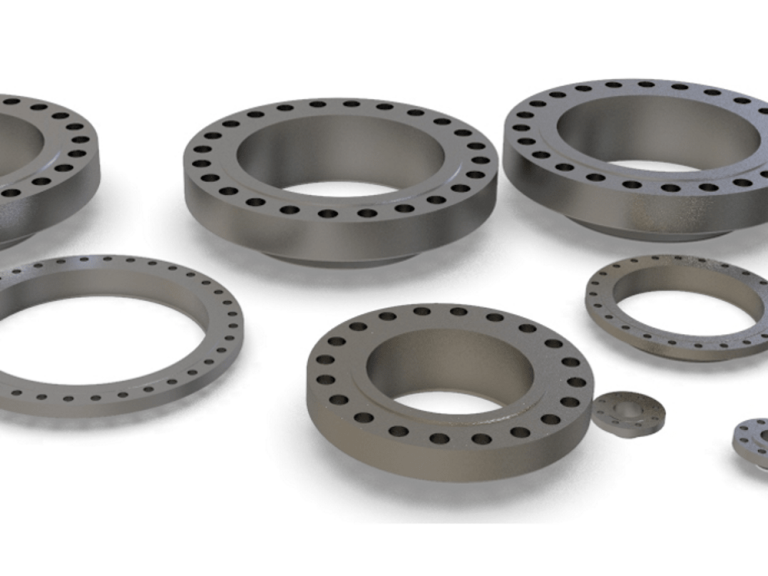Circular Saws: Your Guide to Efficient Cutting
Circular saws are essential in many industries due to their ability to make straight and precise cuts. This guide will cover how circular saws work, the types of materials they can cut, blade selection tips, and key safety practices. We’ll also discuss the importance of understanding geocomposite product data for those involved in construction and large-scale projects.

What is a circular saw, and what is it used for?
A circular saw is a versatile tool equipped with a high-speed rotating blade designed to cut various materials such as wood, metal, and plastic. Circular saws are available in both corded and cordless models, with corded options providing continuous power and cordless models offering greater flexibility.
What materials can a circular saw effectively cut?
Circular saws can handle multiple materials depending on the blade used:
- Wood: Ideal for cutting lumber, plywood, and wooden boards.
- Metal: With the right blade, they can cut metal sheets, pipes, and rods.
- Plastic: Suitable for cutting PVC pipes and plastic sheets.
- Masonry: Equipped with a diamond blade, circular saws can cut through concrete, bricks, and stone.
How do you choose the right blade for a circular saw?
Selecting the correct blade is essential for achieving precise cuts. Focus on:
- Material-Specific Blades: Use blades designed for specific materials, such as carbide-tipped for wood and diamond-tipped for masonry.
- Tooth Configuration: Blades with more teeth produce smoother cuts, while fewer teeth cut faster but may leave rough edges.
- Blade Size: Ensure the blade matches your saw’s specifications, typically around 7-1/4 inches for most tasks.
What safety practices should you follow when using a circular saw?
Safety is crucial when operating a circular saw:
- Wear Protective Gear: Always use safety goggles, ear protection, and gloves.
- Secure Your Workpiece: Use clamps to stabilize the material and prevent shifting during cuts.
- Handle Kickback Carefully: Hold the saw firmly and avoid sudden or twisting movements.
- Inspect Your Blade: Regularly check and replace dull or damaged blades.
Related Content:
For those in construction, understanding geocomposite product data is critical. Geocomposites are composite materials used in drainage, reinforcement, and filtration applications. Knowing their specifications helps professionals select the right materials for infrastructure and engineering projects.
Circular saws are powerful tools that offer efficiency and precision across various cutting tasks. By selecting the right blade, following safety measures, and understanding your materials, you can achieve professional-quality results. Additionally, for those involved in construction, being knowledgeable about geocomposite product data is an asset that enhances project success.



